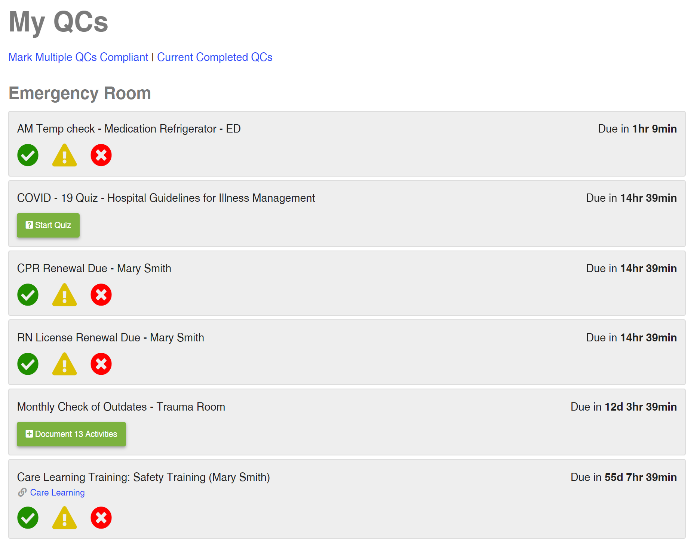Holding the Line with SQSS
Some of the most important financial, operational and reputational choices that healthcare providers will make in the 2020s for both their financial health and the patient loyalty that they need to be strong will start with how well they get control of the line in the innovation/safety equilibrium that defines so much of quality in a technologically-advancing and safety-critical environment. In the current healthcare environment where a provider’s earnable revenues will continue to shrink in the absence of the funding they were once paid to treat preventable complications labeled as “Never Events”, the two most important business choices today’s patient care providers may make will focus on how they keep risks that can too easily turn into very costly medical errors from crossing the line and how they will do that in the most cost effective and resource-wise ways possible.
This is where SQSS comes into play as one of its most impactful features is the one designed to help providers hold the line in an environment where the number of defenses that a one-hundred bed hospital can now have to manage can be as many as 100,000. It is a number that can seem so overwhelming that it is perceived to be unachievable at the same time it is increasingly necessary as a new type of quality-driven consumerism settles into the industry. The situation it creates is one where success is increasingly dependent on how well a leader does in efficiently and effectively managing the tension that now exists between all the innovation that advances the delivery of life-saving care while generating revenues and the heightened degree of risk for patient harm that can undermine a provider’s degree of financial, operational and reputational health. The business goal to emerge is one that has to minimize how many risks can make it across the line so to protect patients from harm at the same time a provider is protecting the money that it wants to spend on future growth. Understanding that the industry will never see the day that the American people will accept preventable medical errors as a tolerable consequence of care and the industry can no longer afford all the extra costs that come with absorbing the consequential costs created when the basics of safety are not right the first time, SQSS was built to offer up an answer for the critical decision that health care now faces about whether a provider wants to survive badly enough that it will start managing money and quality like they are two sides of the same coin so they can make the money work.
Considering the financial, operational and reputational impact that medical errors keep having on the power, influence and earning potential that health care once enjoyed, leaders and physicians have no choice but to start thinking long and hard about what they are going to do to prevent all the avoidable losses they incur every time a risk crosses the line to become a medical error. They need to consider, absent the biases of the past, how SQSS can help them to manage all the defenses that can hold those risks at bay in ways that keep them freed up for the care of their patients while spending time and money on strategic growth. As the industry feels a growing amount of pressure created by a public that is weary of statistics that show one in every five Americans experiencing potentially life-altering medical errors and how medical errors have evolved to be the third leading cause of death for the country while businesses now focus on recovering the billion dollars a year it is estimated they collectively lose off their own bottom lines because of medical errors, providers of care have to ask themselves what they are going to do to get control of the financial, operational and reputational risks that will only continue to take them down if they do not act.

